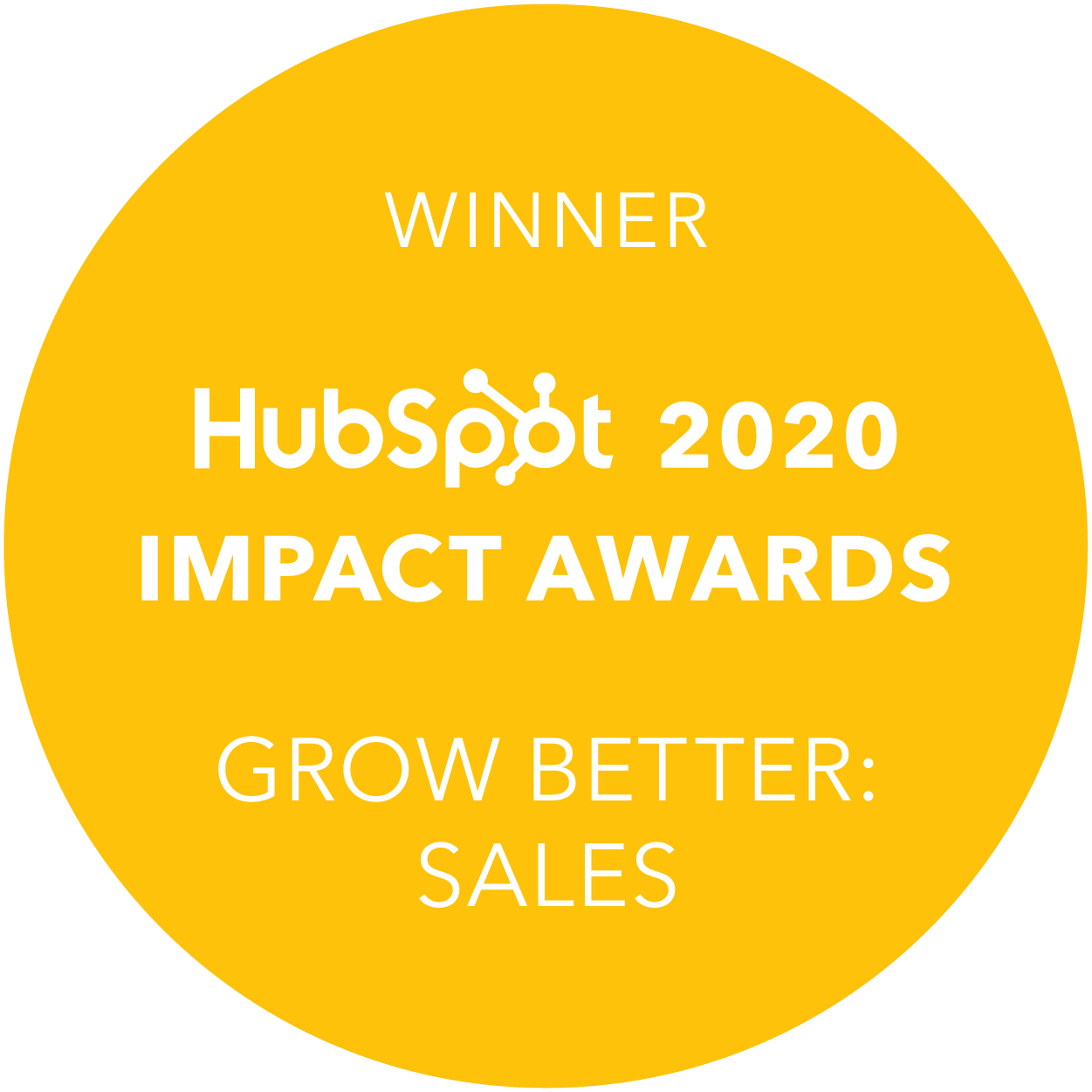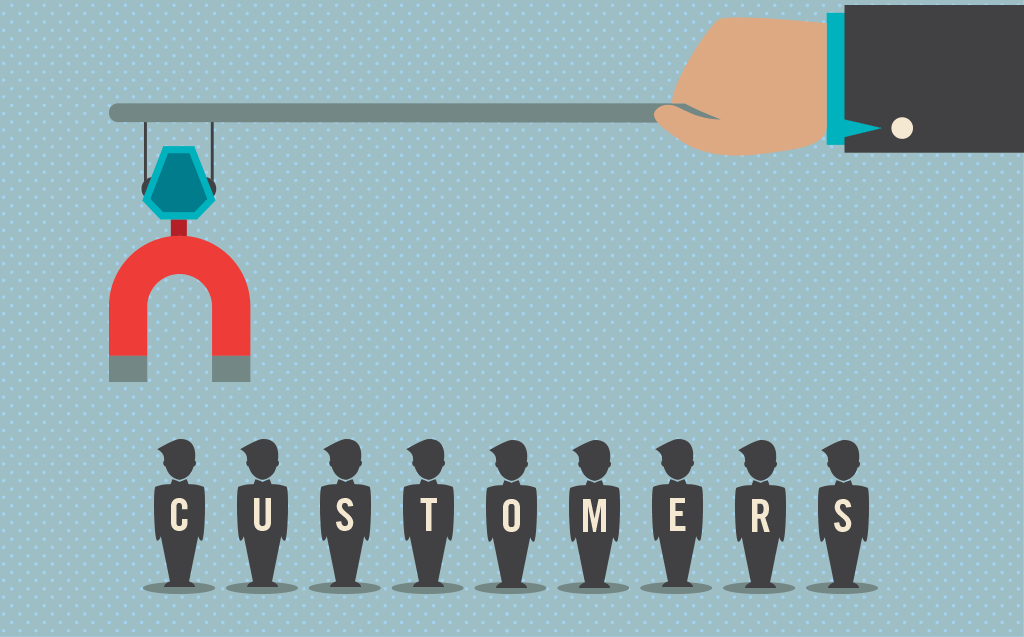A “one-size-fits-all” approach is good for one thing and one thing only. Ponchos. They protect us from torrential rain and we can all have a good laugh about how ridiculous we look as we hopelessly dash for cover.
Ultimately though, a “one-size-fits-all” approach fails in just about any other circumstance - bicycle helmets, education, healthcare and yes, you guessed it; marketing strategies.
Despite this, many advocate following a checklist of actions, usually something along the lines of 1 blog article a month, 3 posts to Facebook a week, 5 tweets daily on Twitter, and so on… However, this type of formulaic approach simply does not work. It’s just noise, which might explain why only 1 in 10 marketers say their lead generation efforts are highly efficient and effective. Whilst there are general structures and commonly used tactics, there is no one-size-fits-all formula.
Rather, success with inbound marketing relies on how well your strategy fits your business and your customers. Only then can you implement an effective lead nurturing strategy that truly helps your buyers along in the customer journey. Marketers that effectively nurture their leads benefit from 50% more sales at a 33% lower cost. With only 36% of marketers actively nurturing their leads, there’s a huge opportunity for savvy marketers to gain advantage over the competition by implementing effective lead nurturing strategies.
So, which lead nurturing tactics work best? What do super successful marketers do differently? And how do you get started with lead nurturing?
1) Targeted content

Strategically nurturing your leads using targeted content significantly improves the results of your inbound marketing strategy. In fact, HubSpot reports that leads nurtured with targeted content produce an increase in sales opportunities of more than 20%. Yet 33% of B2B marketers cite “targeted delivery of content” (i.e., delivering the right content, to the right people, at the right time) as their biggest lead nurturing challenge.
If you are in that category there are three crucial steps that you need to take before going any further. Firstly, define your unique buyer personas. Get to know them inside out - understand their interests, goals, objectives, needs, pains, challenges, and marketing triggers. Next, you need to create content that aligns with this research, ensuring that it provides value and relevance for whichever persona you are targeting. Finally, you need to relay on a solid marketing automation platform - one time hits of content simply won't cut it.
Ultimately, the golden rule is that you need to consistently nurture your leads with new and fresh content. It's no good doing it just for a few months. In fact, those first few months are what's going help you define your strategy. You need to keep going and use the data to inform your content strategy for the year ahead. This will help you identify, segment and target your unique buyer personas as you scale your inbound marketing strategy.
2) Multi-channel lead nurturing
.png?width=600&name=pasted%20image%200%20(7).png)
As a part of your marketing strategy, sending out personalised emails is still an effective means of reaching your audience and improving ROI. However, email-only lead nurturing strategies have a few inherent problems, namely open rates. With spam filters, expired contact databases, and plain-old jaded people, it’s no wonder that only four out of five marketers say their email open rates don’t exceed 20%. Therefore, if you are using email exclusively to nurture your leads then a lot of your efforts are likely going to waste.
These days, marketers have to think outside the (in)box. If you’re not omnipresent online, your leads won’t be able to discover you easily, and that’s a lot of missed opportunities! Of course, being in many places all at the same time means relying on technology. Essentially, it involves harnessing the power of a marketing automation platform that facilitates multi-channel lead nurturing strategies.
Effective multi-channel lead nurturing most commonly involve a combination of marketing automation, email marketing, social media, paid retargeting, dynamic website content and direct sales outreach. Because there are so many tactics involved, to execute this properly, you need to ensure that your sales and marketing teams are well aligned and working cohesively.
3) Multiple touches

Typically, we need a bit of convincing before we invest in a slick new service or shiny toy. We need to understand the product and its value. We need to be sure it lives up to its hype. We want to know the type of people buying it. We need to decide whether we need it too. Enter the many marketing touchpoints that a brand has to be ready to capitalize on.
Multi-touch marketing is essentially another way for saying “dangling the carrot”. Marketers that leverage multi-touch marketing “think” about their customer’s buying journey. They exploit the necessary tactics to attract, convert, close and delight their customers. They understand that each of those steps requires addressing specific questions and concerns, all of which will be unique depending on the stage the buyer is at in the customer journey.
According to HubSpot, prospects receive an average of 10 touches from the time they enter the top of the funnel until they’re a closed-won customer. Despite this, Demand Gen, suggests that 49% of marketers include less than five touches in their lead nurturing programs. If you are in that category consider how you can use a mixture of content types like social media, blog posts, whitepapers, interactive calculators, or even direct mail, to nurture your prospects into customers.
4) Timely follow ups

If you’ve ever received a late birthday card then you’ll appreciate the diminished value in a poorly timed offer. The moments passed, the magic's gone and their bittersweet attempt at redemption has probably not had the result they hoped for. Well, the same is true when following up your leads. The odds of a lead entering the sales process, or becoming qualified, are 21 times greater when contacted within five minutes versus 30 minutes after an inbound lead converts on your website.
Automated lead nurturing can help you reach large groups of prospects, but a timely follow up email or a phone call is still quite often the best way to convert inbound leads into qualified sales opportunities. As several research studies have shown, the odds of converting a lead into a sales opportunity are exponentially higher when the lead is contacted immediately following a website conversion.
Timely, well researched calls to warm leads are far more effective than any volume of cold calling. Once you have sufficient information about the prospect, you are in a far better position to do some initial research about the organisation they work for and their specific role within the company, thus leading to a more relevant call.
5) Lead scoring

Sales reps are like strikers in football. They score the goals, take all the glory and don't we just love it when they deliver! But the truth is that without the rest of the team behind them, they wouldn't be closing many customers, or indeed hitting their goals. That's where lead scoring comes in.
Lead scoring, it is a methodology used to rank prospects against a scale that represents the perceived value each lead represents to the organisation. By sending only the most qualified leads to the sales team, sales reps can be extremely efficient with their time. In fact, 68% of successful marketers cite lead scoring based on content and engagement as the most effective tactic for improving revenue contribution from lead nurturing.
Lead scoring can be implemented in most marketing automation platforms by assigning numeric values to certain website browsing behaviours, conversion events, or even social media interactions. The resulting score is used to determine which leads should be followed up with directly by a sales rep or which leads need to be nurtured further down the funnel.
Once created, marketers can improve funnel performance by creating lead-nurturing programs for specific segments of a database. At the same time, a lead-scoring system can help sales teams to focus on the right contacts, making them more efficient, while improving the customer experience.
Conclusion
There are no “simple steps”, “weird tricks” of “life hacks” for success with inbound marketing. What works for one company, might not for another. However, one thing’s for sure, to turn prospects into customers you must be nurturing your leads effectively through the buyer's journey. Targeted content, multi-channel nurturing, multiple touches, timely follow-ups, and personalisation should all be top of your agenda when it comes to implementing an effective lead nurturing strategy.
The one thing that cannot be questioned is the data you gather and analyse in real-time from your integrated marketing automation and analytics platform. The data you gather across every single piece of marketing and sales activity is your ROI 'gold-dust'! When analysed correctly and combined with the power of the machine learning algorithms built into your platform, such as HubSpot, it will inform, predict, and set your future strategy depending on your business and your buyer interactions.
When it comes to ROI, efficiency and strategy are key. So long as your sales and marketing is focused on those activities that generate the best revenue growth in your business, you can rest-assured that success is on the way!

.png?width=200&height=67&name=RevM%20Digital%20Marketing%20Agency%20Woking%20Surrey%20(1).png)






